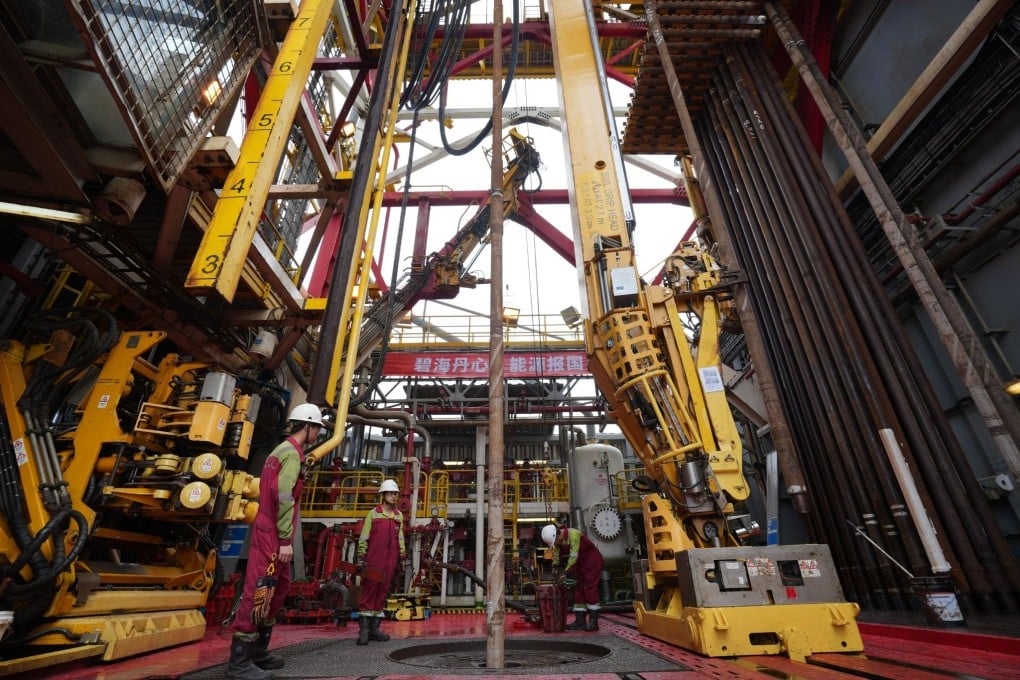China expands Shenhai-1 gas field in South China Sea with eye on Greater Bay Area energy transition
- The second phase of Shenhai-1, located 200km off the coast of Hainan, will boost peak annual output of the gas field from 3 billion to 4.5 billion cubic metres
- The project faces a number of technical difficulties, including drilling in deep water – nearly 1,000 metres – as well as high temperatures and high pressure

China has commenced construction on the second phase of its first independently run ultra-deep sea gas field, which may be an important source of natural gas to the Greater Bay Area, according to state media.
Aiming to drill 12 wells, the second phase of the Shenhai-1 project, located 200km off the coast of south China’s Hainan province, will boost the peak annual output of the block from 3 billion to 4.5 billion cubic metres, or equivalent to 90 per cent of Hainan’s natural gas consumption in 2021, China National Offshore Oil Corporation (CNOOC) said on Friday.
“The project will further promote the construction of a trillion-cubic-metre gas cluster in the South China Sea, and make a greater contribution to the ‘dual carbon’ transformation of the Guangdong-Hong Kong-Macau Greater Bay Area and the Hainan Free-Trade Port,” said Wang Dongjin, chairman of the state-owned energy giant, according to Xinhua.
For the Greater Bay Area, the project is a crucial replacement for declining offshore gas supply and expiring pipeline contracts, and will improve reliability of the power system in the region, said Baihui Yu, a senior research analyst at S&P Global.
